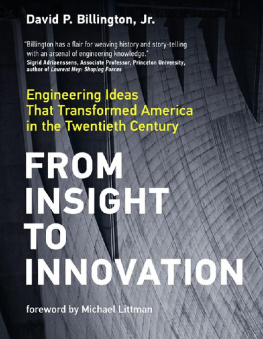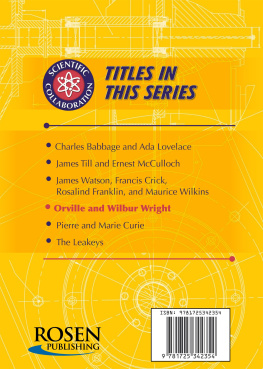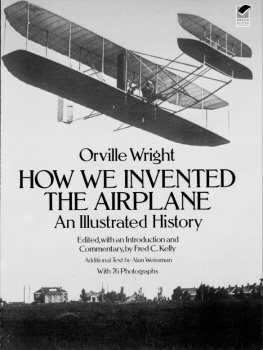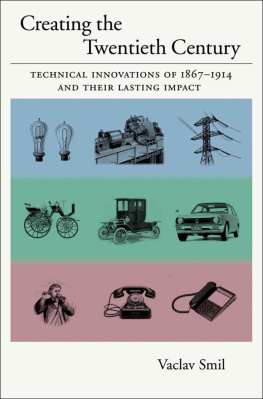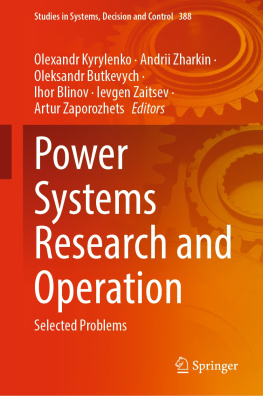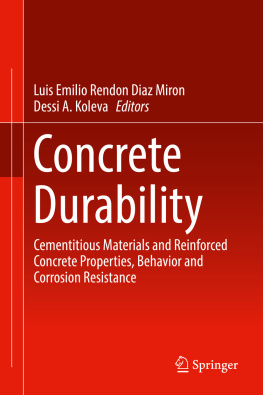

Power, Speed, and Form

Power, Speed, and Form
Engineers and the Making of the Twentieth Century
DAVID P. BILLINGTON AND DAVID P. BILLINGTON JR.
PRINCETON UNIVERSITY PRESS
PRINCETON & OXFORD
Copyright 2006 by Princeton University Press
Published by Princeton University Press, 41 William Street, Princeton, New Jersey 08540
In the United Kingdom: Princeton University Press, 3 Market Place, Woodstock, Oxfordshire OX20 1SY
All Rights Reserved
Library of Congress Cataloging-in-Publication Data
Billington, David P.
Power, speed, and form : engineers and the making of the twentieth century /
David P. Billington and David P. Billington Jr.
p. cm.
Includes bibliographical references and index.
ISBN-13: 978-0-691-10292-4 (hardcover : alk. paper)
ISBN-10: 0-691-10292-9 (hardcover : alk. paper)
1. EngineeringUnited StatesHistory. 2. EngineersUnited States.
I. Billington, David P., 1953 . II. Title.
TA23.B48 2006
620.00973dc22
2005037085
British Library Cataloging-in-Publication Data is available
This book has been composed in Electra, Myriad and Coronet
Printed on acid-free paper.
pup.princeton.edu
Printed in the United States of America
1 3 5 7 9 10 8 6 4 2
TO PHYLLIS, GERDA AND JONATHAN, JANE AND NELSON
who bring the past into the present
Contents
List of Sidebars
List of Figures
Preface
T o most Americans, the word technology has come to mean computers and the electronic networks associated with them. A look at the top five American companies in the Fortune 500 of 2004 may therefore come as a surprise: four of them (General Motors, Ford Motor Company, ExxonMobil, and General Electric) were the leading firms seventy-five years ago, and none (the other is Wal-Mart) is primarily engaged in the business of making or networking computer hardware and software. The two books explain the principal engineering ideas that helped transform the United States from an agrarian society in the eighteenth century to the industrial civilization it became in the twentieth.
The word technology also connotes objects that people can use, while the word engineering is more remote and intimidating. This remoteness reflects the isolation of the engineering profession from society. Technological literacy is now a goal in many universities and colleges, yet all too often this literacy is left to distributional courses in science and mathematics that contain little or no engineering, and some schools think of technical literacy merely as an ability to use personal computers. Few schools recognize a need to give all students a basic exposure to modern engineering, and if more educators did see such a need, few engineers would know how to help them meet it. Introductory science courses for non-scientists can be found in every college and university, but introductory engineering courses for non-engineers are rare. Traditions in engineering education and in broader academic life perpetuate the isolation of engineering on most campuses that teach it, and the efforts of institutions to promote technological literacy still leave the essence of engineering inaccessible to a broader public.
As part of an effort to remedy these problems, this book highlights what we believe to be key engineering ideas and events in the years between 1876 and 1939. Our goal is to explain to a non-technical audience, and to engineers themselves, the ideas behind historic innovations that are still essential to modern life. We explain these ideas in the language of engineeringthat is, mathematical formulasbut unlike engineering textbooks the formulas we employ do not require calculus. Some of the innovations we describe will be familiar and some will not be well known. As far as we know, these innovations have never been collected together in a one-volume overview that presents them numerically as well as narratively. Our book should be useful to engineering faculty who need a text for an introductory course in engineering, and it should be especially useful as a text for non-technical students who take such a course to fulfill a distributional requirement in science and technology. We also hope that our book will be helpful to high school science teachers who would be interested in teaching engineering.
Our book is not a comprehensive history of the engineering in our period. In They Made America, Harold Evans provides outstanding accounts of engineers whose work transformed American life in the nineteenth and twentieth centuries. We examine engineering and its innovators with a different focus. Our aim is to provide a numerical as well as narrative grounding in technical ideas that are basic to modern civilization and in this way to give more of the engineering story of the people who conceived them. We believe that our approach introduces engineering in an engaging way and that it will help efforts to attract new students to engineering careers.
Our book employs a framework of terms with which readers of The Innovators will be familiar: the four ideas of structure, machine, network, and process that we use to characterize the principal works of modern engineering. This framework makes engineering more comprehensible, and we recapitulate it in our first chapter. In this volume, however, there is a more fundamental theme that needs to be underlined in a preface: the distinction between engineering and science.
In treating engineering as design, we follow the engineer and historian Walter Vincenti in making a further distinction between normal and radical design. The former refers to incremental improvements to an established technology, whereas the latter consists of the less frequent ground-breaking innovations that create or establish new technologies. The distinction is not absolute, and radical innovations never occur in a vacuum. But the distinction is still useful: the Stearns duplex telegraph of 1872, which enabled two messages to travel over a single telegraph line in opposite directions at the same time, was what we would call a normal innovation, because it was primarily an improvement to an existing technology, the telegraph. Alexander Graham Bells 1876 telephone, which used a wire line to transmit voice using different kinds of sending and receiving equipment, was what we would call radical. Our focus is on radical ideas.
Most of the radical innovations we cover have been the stuff of engineering history for a long time. But a crucial aspect of them has never received the emphasis it deserves: the simplicity of the basic ideas. In examining their work, we found that the engineering innovators of our period described their work in terms of surprisingly simple formulas or concepts. There is good reason why they did so: with innovations so new and unfamiliar, the engineers were concerned with expressing them as accessibly as possible. Later engineers, often with the help of scientists, made the new technologies more sophisticated and efficient. But the innovations began in most cases with insights at the level of secondary school mathematics.
This clarity is vital to bring out for two reasons. First, it tells us that simplicity, not complexity, is the characteristic of original engineering thought. Second, through examples of such thinking, students can learn ground-breaking engineering ideas without first having to know calculus and physics. No one can advance to a professional level in modern engineering without meeting its demands for knowledge of more-advanced science and mathematics. But at the entry level, engineering in the United States has turned away the new people on whom its future depends by an abstract and narrow approach to introductory teaching. Students can be more attracted to engineering when their first exposure to it is through historic examples that are still relevant to modern life. Such examples integrate different branches of engineering and convey how engineers think. Students who do not intend to become engineers receive a real literacy in modern engineering when they too see and work with original concepts and the numbers that express them.
Next page

